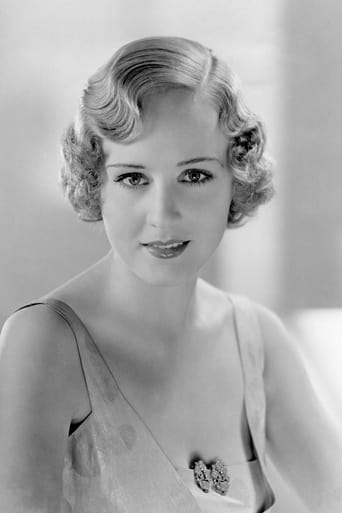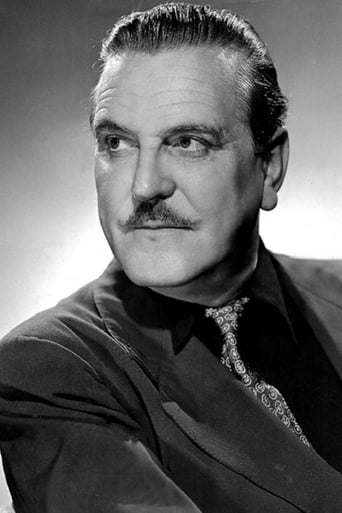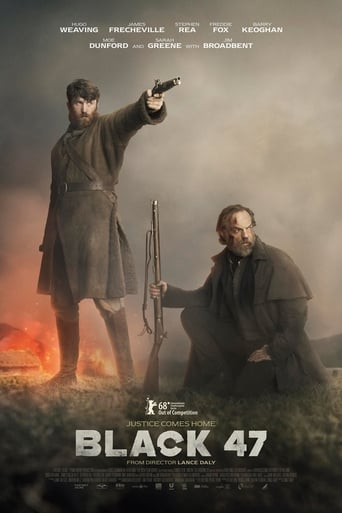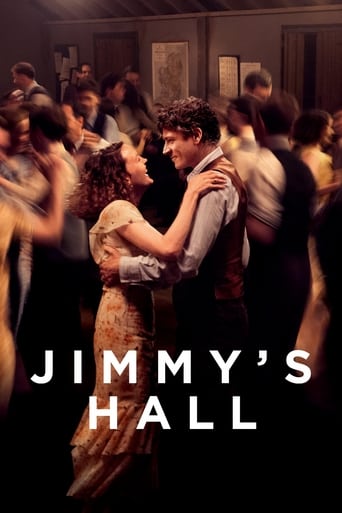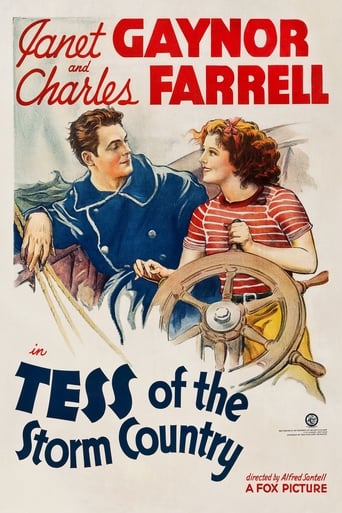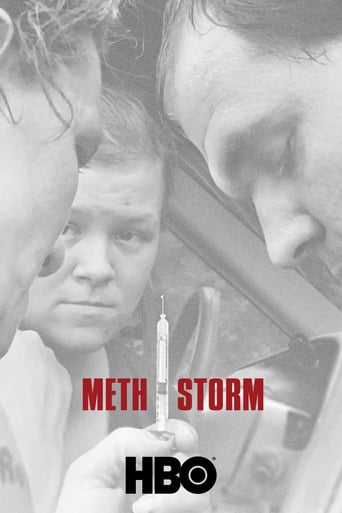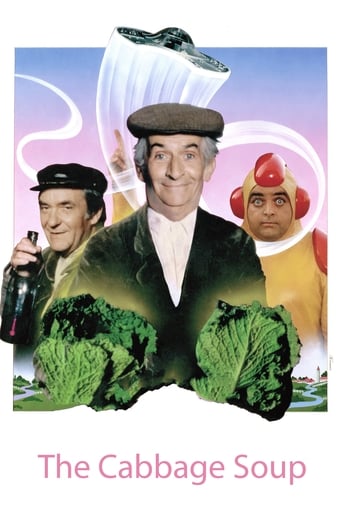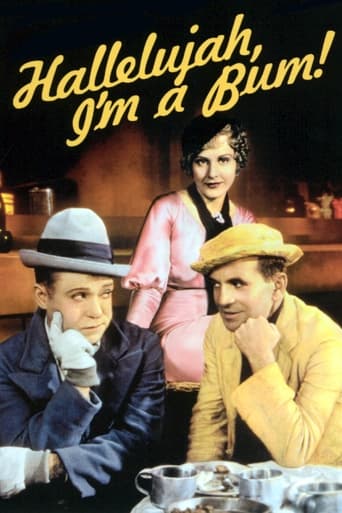
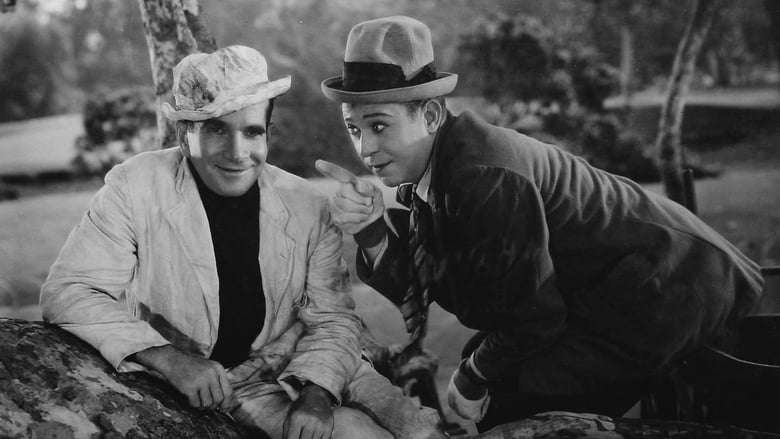
Hallelujah, I'm a Bum (1933)
A New York tramp falls in love with the mayor's amnesiac girlfriend after rescuing her from a suicide attempt.
Watch Trailer
Cast
Similar titles
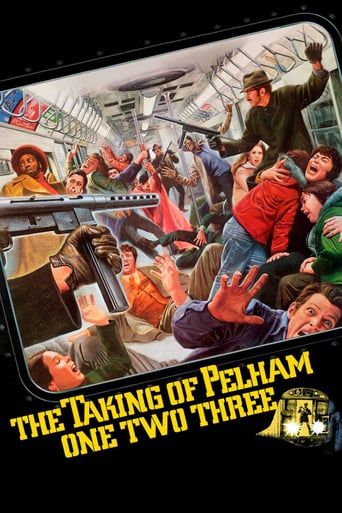
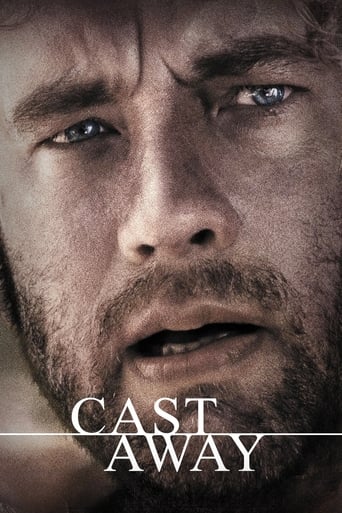
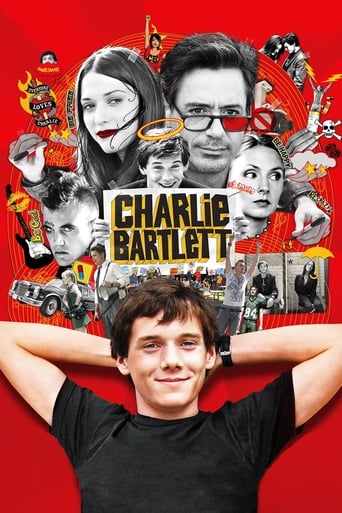
Reviews
Undescribable Perfection
A brilliant film that helped define a genre
I cannot think of one single thing that I would change about this film. The acting is incomparable, the directing deft, and the writing poignantly brilliant.
Each character in this movie — down to the smallest one — is an individual rather than a type, prone to spontaneous changes of mood and sometimes amusing outbursts of pettiness or ill humor.
Al Jolson was justly well-known for having starred in the first widely-distributed talking feature. Here, six years later, it was announced that he would headline another first in sound film-making -- the inaugural picture all in "rhythmic dialogue." This makes it a highly stylized piece and the experiment has rarely if ever been repeated, but I think that hardly means it fails. The rhythmic dialogue, sometimes subtle and hardly noticed but for the jaunty kick it gives the scenes, sometimes cleverly rhyming, and sometimes blending seamlessly into full-on song, is enormous fun to hear (Rodgers and Hart largely live up to their reputation with words and music, and the occasional almost-rhymes are alright when they're in the middle of dialogue) and as a result of it "Hallelujah, I'm a Bum" simply breezes along.Al Jolson radiates energy and presence, and it is no secret from this film why he was known as The Great Entertainer. His comic and musical timing (which are maybe one in the same for him) are perfect, and he can play credibly when he needs to be serious within the rhythmic conceit. The plot is unlikely but sweet; it works well and it doesn't need much tending. Jolson is Bumper, "The Mayor of Central Park," a hobo with a heartfelt philosophy that enjoying the world around him trumps working. He's possibly the best man in the world, too, returning the $1,000 bill he finds, portioning it out when given it, saving a woman from drowning, not even tempted to take advantage of her in some very suggestive scenes after her, abandoning his way of life for her, and then sacrificing his love because it's the right thing to do. It may not be often you meet someone so good, but Jolson pulls it off, and he needs to be how he is to take live for what it is even when it beats him down in the end.The great comedian of the silent era, Harry Langdon, plays Egghead, a socialist garbage man, and he is wonderful as always. It's interesting to note that while the sound era (ushered in by Jolson) was a big part of bringing Langdon's career as a feature film star to a standstill, he plays brilliantly in this film that depends totally on his delivery of rhythmic, musical, well-timed sound. Egghead fits being a manifestation of Harry usual befuddled, stunned child-man character better than one might expect; it's amusingly almost as if somebody told him to be a Socialist, so he's just doing his best to do as he's told. The little bewildered expressions and bits of business that he adds in between his lines or in the back of shots really do add to the movie.Egghead's a big part of "Hallelujah, I'm a Bum's" neat trick of folding some actually thoughtful material about money, wealth, and poverty into its breezy, cheerful framework. It must say something that one of the quintessential films of the depression should be such a happy piece, but with such a sad ending, and that the citizens of Central Park it follows should not be en who can't work, but one's who are simply happier not to.
To call this film "unusual" feels like a thundering understatement. Hallelujah, I'm a Bum is so strikingly original, so unlike anything else Hollywood ever attempted, one hardly knows where to begin in talking about it. What can you say about a musical-comedy-drama with satirical touches made in the darkest days of the Depression that celebrates the superiority of happy-go-lucky hobo life, centered on a motley gang of homeless people who live in Central Park and consider "work" a dirty word? What if the unofficial leader of these hobos is none other than Al Jolson, that brash show biz legend who, in this incarnation, is a humble tramp nicknamed 'Bumper' who pals around with a young black sidekick called 'Acorn'? And just to add to the incongruity, what if fading silent comedy star Harry Langdon is added to the mix as a trash collector called 'Egghead' who spouts Marxist rhetoric and warns his cohorts that the Revolution is imminent? Speaking of odd casting, what if the romantic lead of the story, the melancholy, middle-aged Mayor of New York City, is played by the Wizard of Oz himself, Frank Morgan? (And by the way, he does a damn good job!) And what if the characters switch from naturalistic dialog to Rodgers & Hart songs and then to a kind of rhyming recitative, rather like a comic operetta? In short, there's no fast or easy way to sum up the experience this movie provides, but I'll say right now that even allowing for occasional patches where the material doesn't quite come off the film is absolutely fascinating.During the transition to talkies in the early '30s director Lewis Milestone was known for dynamic effects at a time when many of his colleagues were still struggling to regain the fluidity of late silent cinema. Milestone took full advantage of his medium with swooping tracking shots, rapid montage, offbeat camera angles, and clever use of sound, and all of these techniques can be found in Hallelujah, I'm a Bum. A bravura comic highlight combining several of these effects is the sequence in which the mayor must lay a cornerstone at a new school with all due pomp and ceremony while earnest, homely children serenade him with "My Country 'Tis of Thee." This film integrates its songs into the flow of action with finesse, which is all the more impressive when you consider that only two or three years earlier most Hollywood musicals were clunky stage pageants trapped within the proscenium arch. Milestone takes the action to Central Park and stages some of his best scenes outside under the trees, although the movie's best known song, "You Are Too Beautiful," is sung by Jolson to leading lady Madge Evans on the fire escape of her dingy apartment, while couples across the street slow-dance at a club called Loveland. It's a moving scene that artfully captures the melancholia of the era.Beyond these directorial flourishes, however, the most striking thing about this movie is its off-the-wall casting. I've never seen Al Jolson as likable as he is in this film, and in a role utterly unlike anything else he attempted in his Hollywood career. He is our central figure and drives the story, yet Jolson, uncharacteristically, is nonetheless only part of an ensemble of strong performers who each make major contributions to the success of the whole. I gather Roland Young was originally cast as Mayor Hastings and filmed a number of scenes, but he took sick and was replaced by Frank Morgan. Those who know Morgan only from The Wizard of Oz or from the blustery character roles he played later in his career are in for a surprise: he is a revelation as the aging, rueful playboy mayor --doubtless based on NYC's Mayor Jimmy Walker-- who suffers from romantic difficulties with his much younger girlfriend, the gorgeous Madge Evans. Hastings is often depressed and morose, yet he's a square-dealing guy who earns our sympathy. (And in an accidental inside joke, the future Wizard of Oz at one point drunkenly intones: "There's no place like home.") Morgan is terrific, and so is Harry Langdon, the one-time silent star who received his best-ever talkie role on this occasion and rose to the challenge like a champ. A number of other silent comedy veterans appear along the way in small roles, which is a treat.There's no denying, however, that Hallelujah, I'm a Bum sugarcoats the reality of poverty, and it did so at a time when millions of formerly middle-class Americans found themselves in dire financial straits, which was doubtless a factor in the film's less-than-stellar showing at the box office. On some level audiences must have seen through the songs and comedy and recognized that some very handsomely-paid screenwriters, composers and performers were trying to convince them that they were better off poor; after all, as Jolson sings, "What Do You Want With Money?" That couldn't have gone over too well when this movie was released in the last days of the Hoover Administration, a time of bank failures, foreclosures, evictions and genuine, widespread distress. For us, the struggles of 1933 are long past, but as we deal with the problems of our own era this film stands as a fascinating time capsule, a one-of-a-kind curio that captures the mood of its age better than any other.
The idea of rhythmic dialogue seems strange today, but was a short-lived fad in the early 30s (best example is the 3 Stooges first Columbia short: "Woman Haters")It works well in Halleleujah, I'm a Bum, since rhyming is only done in parts of the picture.This was my first introduction to 30s musicals, and is now released on DVD. The "mistress situation" of the Mayor of New York keeping lovely Madge Evans in an apartment in the same building as his is rather interesting as well. Although a "dud" at the boxoffice in 1933, this picture has developed a cult following over the years. Jolson's starring movie career was over by the late 30's due to his ego, but he still has a major reputation as one of the greatest entertainers in history. This picture is a wonderful example of the wild enthusiasm of Hollywood's early talkie musicals with a moral to the story.
I can't think of an earlier film example of ethnic parity than Al Jolson's "Hallelujah, I'm a Bum", 1933. It's a fun musical (with bit parts played by composers, Rodgers and Hart) and co-starring Harold Lloyd and Frank Morgan. Lots of delightful rhyming dialogue. Among Depression era musicals, it's an oddity in that it doesn't dodge the poverty issue, yet remains light-hearted while dishing out the political/economic statements. I particularly liked the bank sequence where the camera tracks from the entrance, through the bank and ends behind the tellers' cages. It begins with a pair of big-wheeling businessmen discussing a deal involving an immense fortune. As successive conversations are overheard, the monies involved become smaller and more paltry. A guy can't get a loan for some small pittance. Finally one teller asks another for a measly buck is it just a dime?], and his buddy says he hasn't got one to give (this teller played by lyricist, Lorenz Hart).Anyway, I'm off the point of the introductory statement: Jolson's the unofficial "mayor of Central Park" -- a leader amongst all the hoboes living there. And his best friend, his friend mind you -- not some Rochester-style servant, not some lackey -- his FRIEND, who alone can get in his face to defy him when none of the other bums can -- his friend is an African-American wonderfully played by Edgar Connor.

